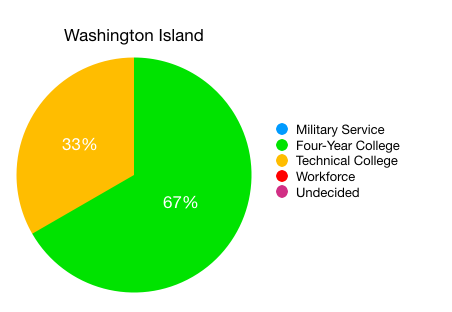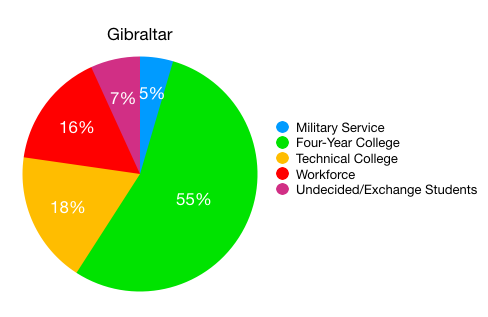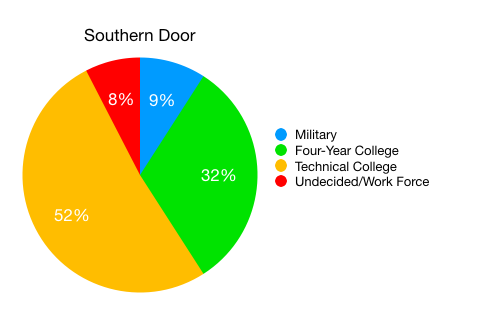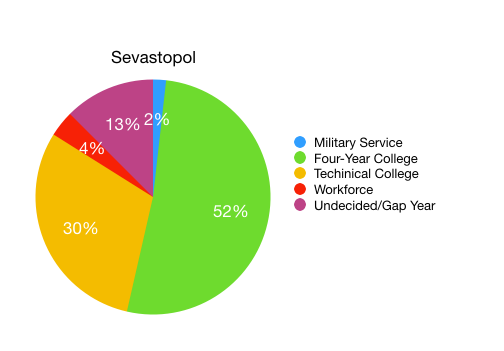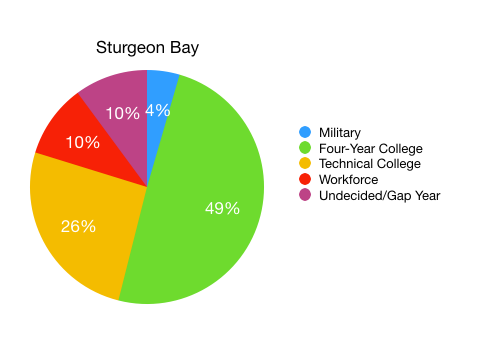More Door County Students Choosing Technical College
- Share
- Tweet
- Pin
- Share
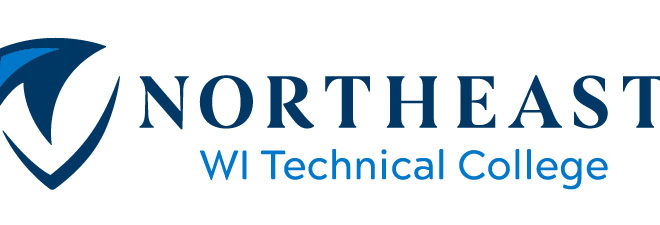
Northeast Wisconsin Technical College (NWTC) unveiled a new logo and a new tagline, Soar Higher, on Aug. 13. The moves come at a time when perceptions about technical college are changing.
“The future expectations of our students are changing the face of higher education,” President H. Jeffrey Rafn said. “Our role at NWTC is to help them shape their story and prepare with purpose. We have undergone a significant shift in our facilities and our programs to meet the needs of our students and our community through technology, flexibility and workforce demand. Amidst these changes, we wanted to change the college’s logo and tagline in a way that reflected the ever-evolving NWTC experience and journey of our students.”
According to enrollment data from NWTC, in 2005, 11 Southern Door graduates out of 78 enrolled at NWTC within their first year. In 2019, 25 out of 68 students enrolled at NWTC. Six out of 96 graduates from Sturgeon Bay enrolled at NWTC in 2005. In 2019, 13 out of 89 graduates did so. Despite declining enrollment at both high schools, the number of students attending NWTC is increasing.
Sturgeon Bay Principal Robert Nickel emphasizes high school as a stepping stone to the next level, whether that’s a four-year university, two-year technical college, the military, apprenticeships or direct entry into the workforce. Though Nickel said the school would never discourage students from pursuing a four-year degree, the staff does make efforts to outline all possible options.
More students and parents are favoring a two-year degree because it’s more affordable, gets students into the workforce faster and provides workers for employers in need.
“There are so many jobs in manufacturing [and employers] are so desperate for workers that they’re willing to take [students] right out of high school just so they can train them, so we’re happy to see the students making the decision to actually come to school here,” NWTC campus manager Cheryl Tieman said.
A technical-college education can save students and families a substantial amount over the course of an educational career.
A semester at UW-Madison for an in-state resident costs $5,362.66 for 12 to 18 credits. At NWTC, a one-credit lecture class costs $152.35. For a typical 12-credit course load, it would cost $1,828.20 (not including housing and textbooks for either).
A four-year undergraduate degree at UW-Madison costs $42,901.28 at 2019 tuition rates. One year of living in a residence hall is an additional $9,600 to $13,800. Books cost an average of $1,150 per year.
NWTC costs are broken down differently depending on the program. Susan Baus, campus office and community education supervisor, said the college has degree certificates, technical degrees and associate degrees that can differ in the number of required credits. She compared a personal care worker – a one-credit certificate costing $153 – to an associate degree in nursing with 70 credits, costing $12,569, plus $2,000 for books.
NWTC is highly involved with local high schools by offering dual credits: classes taken in high school that resemble college-level courses and whose earned credits goes toward both high school and postsecondary institutions that accept those credits.
“[Students] are getting a jump start,” Tieman said. “Some of those students are getting a whole year’s worth of college-level credit paid for – for free – and done before they even start college. Who wouldn’t want to do that?”
Students from Sturgeon Bay and Sevastopol built a house this year as part of the High School Home Construction program. The students will receive advanced placement at NWTC if they choose to go there. They also learned skills that will prepare them to enter the workforce right out of high school.
At the NWTC open house, Sturgeon Bay Mayor David Ward noted that the community hopes programs like that will entice young Door County grads to stay on the peninsula after they complete schooling – a sentiment that Tieman shares.
“We want to keep our youth here,” Tieman said. “We don’t want to send out our most valuable resource to Madison and never see them again for 10 to 15 years. We have the jobs here, too, that are going to require technical degrees.”
The workforce is changing; education is changing; and Door County students are following the trend.
The graphs indicate where Door County high school graduates from all five districts were headed after graduation. Data were gathered from the 2018-19 school year in the Pulse’s 2019 graduation issue.
